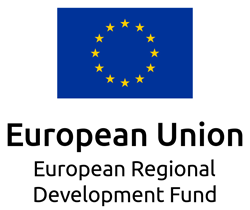Process Mining – analysis through the eyes of data
When encountering Process Mining for the first time, opinions prevail that speak of the high level of scientific complexity of this analytical method. This is not entirely true. Or at least, not at the data collection stage. It is definitely more challenging to verify the built models with the physical processes occurring in the company, and then to discover, understand and address the causes of detected inconsistencies, cases of wasted resources or ‘bottlenecks’. The so-called Process Mining method can be used primarily for:
- automated creation of internal process models;
- checking these models with the actual state of affairs;
- improving and correcting process paths or the models themselves.
Modern companies cannot exist without technological solutions. It is our everyday reality. Whether it is a sophisticated ERP, a business smartphone or a common… email inbox. And just like the Internet, nothing is lost here either. Virtually every internal process can be decomposed over time based on the traces left by messages sent, logins, documents uploaded or phone calls made, etc. Based precisely on this data (so-called event logs), process-mining (PM) software is able to map processes, delineate and assign the right values. These values are, in the case of processes, generally units of time.
Process Mining – the devil is in the details
Business process performance is generally measured by a number of important, often aggregated metrics that show whether everything is working as expected. For Process Mining, a detailed understanding of the process – with all activities, manual and automated actions, technical constraints, legal requirements or industry nuances – is paramount. Process analytics starts from the beginning of the process and leads in many different directions. Often not as intended – identifying the actual flow of a function.










